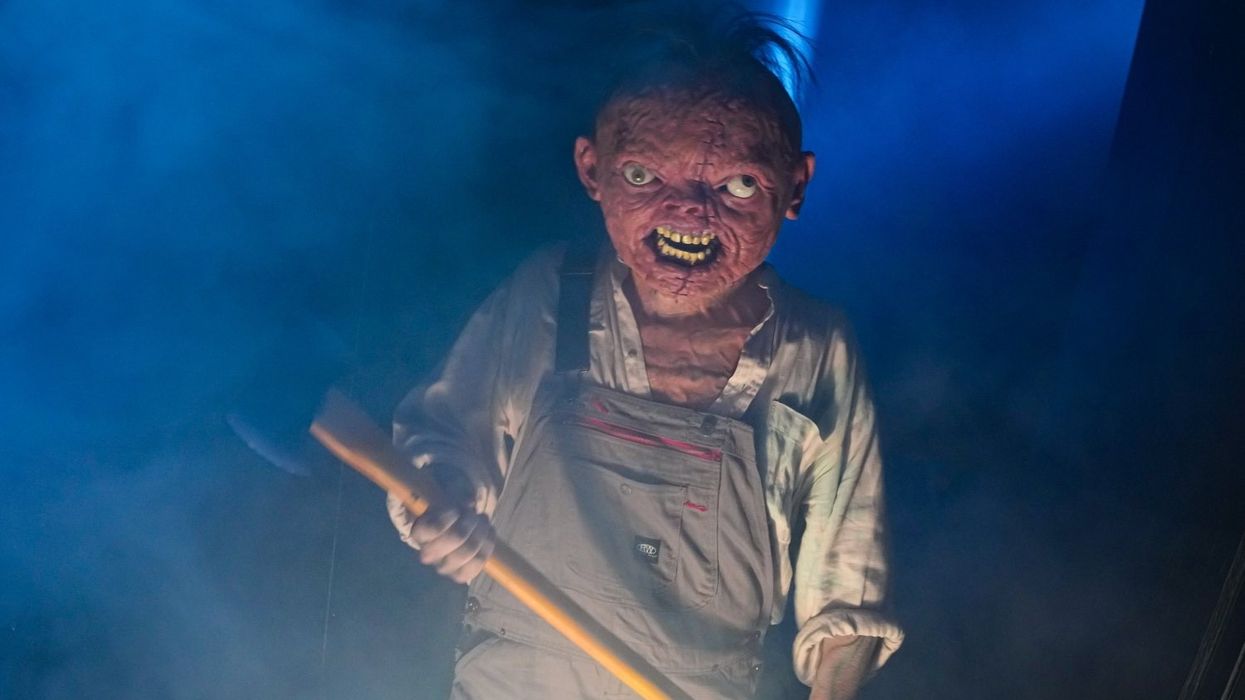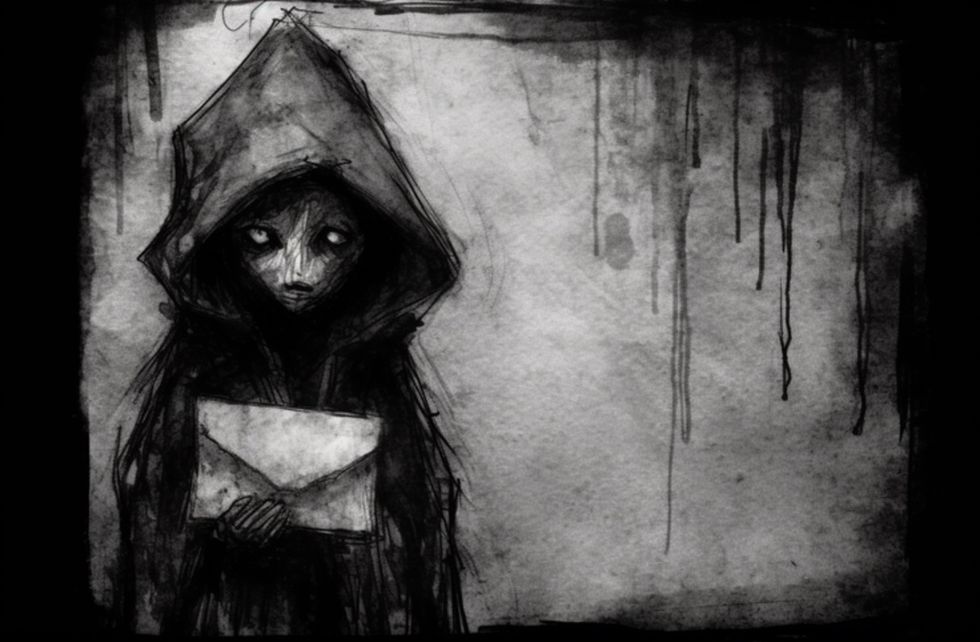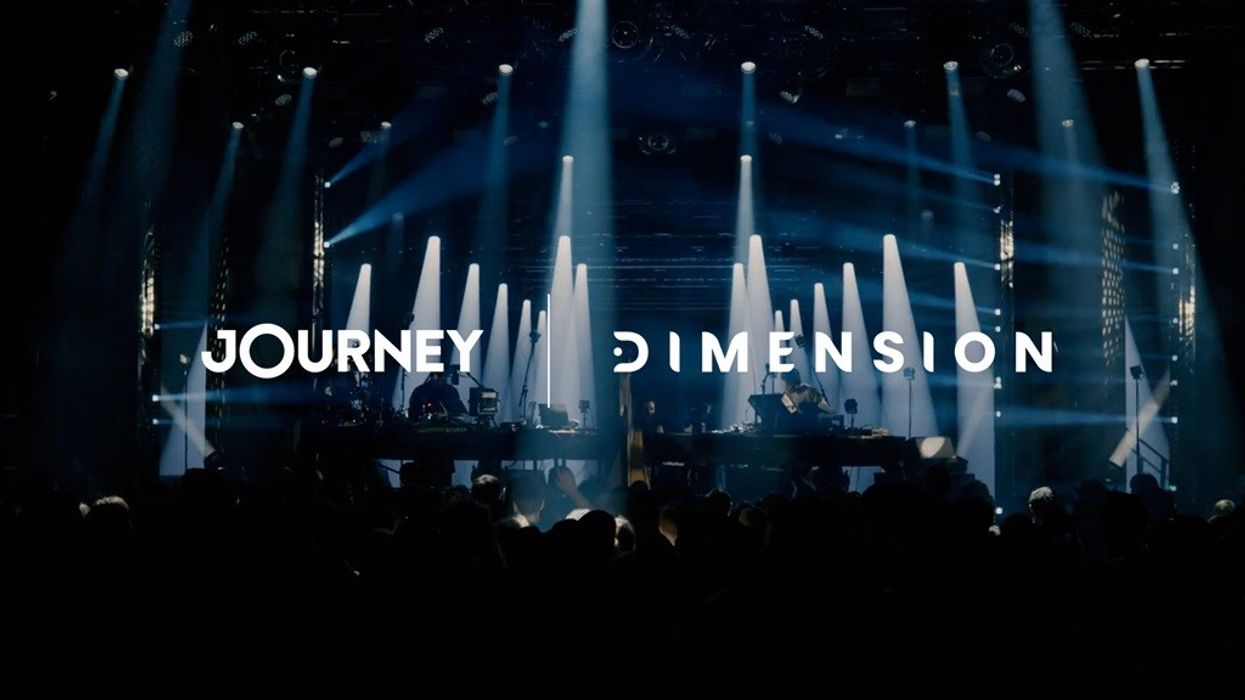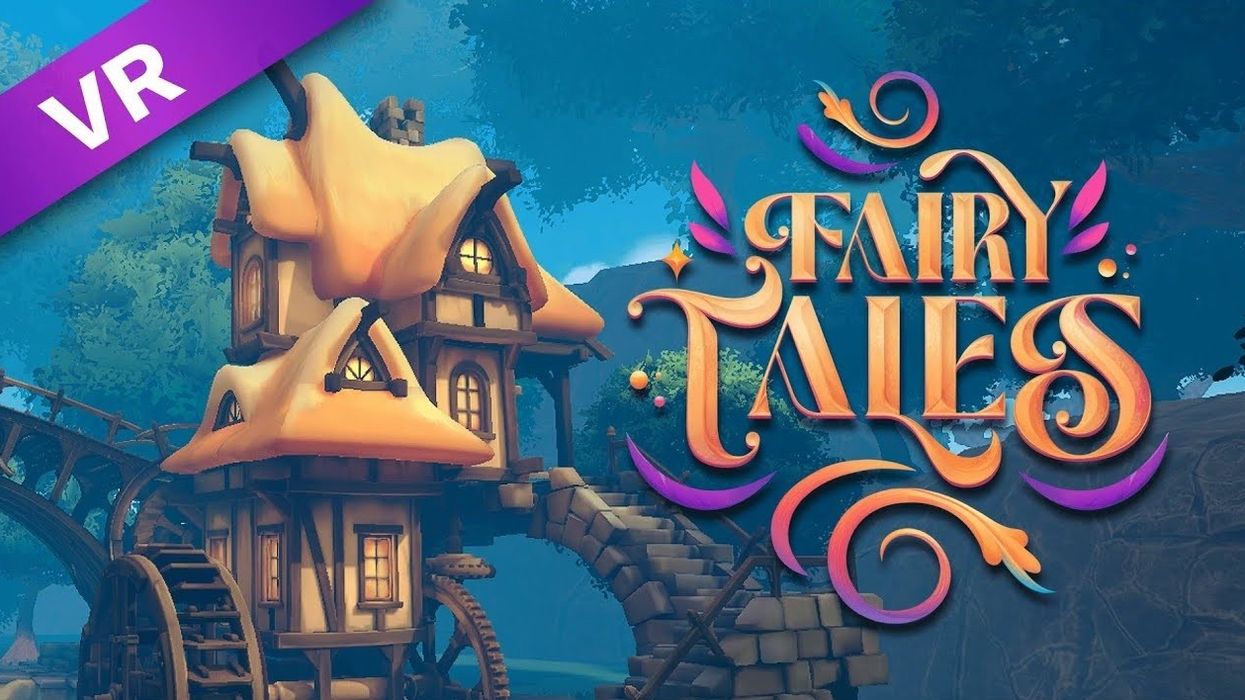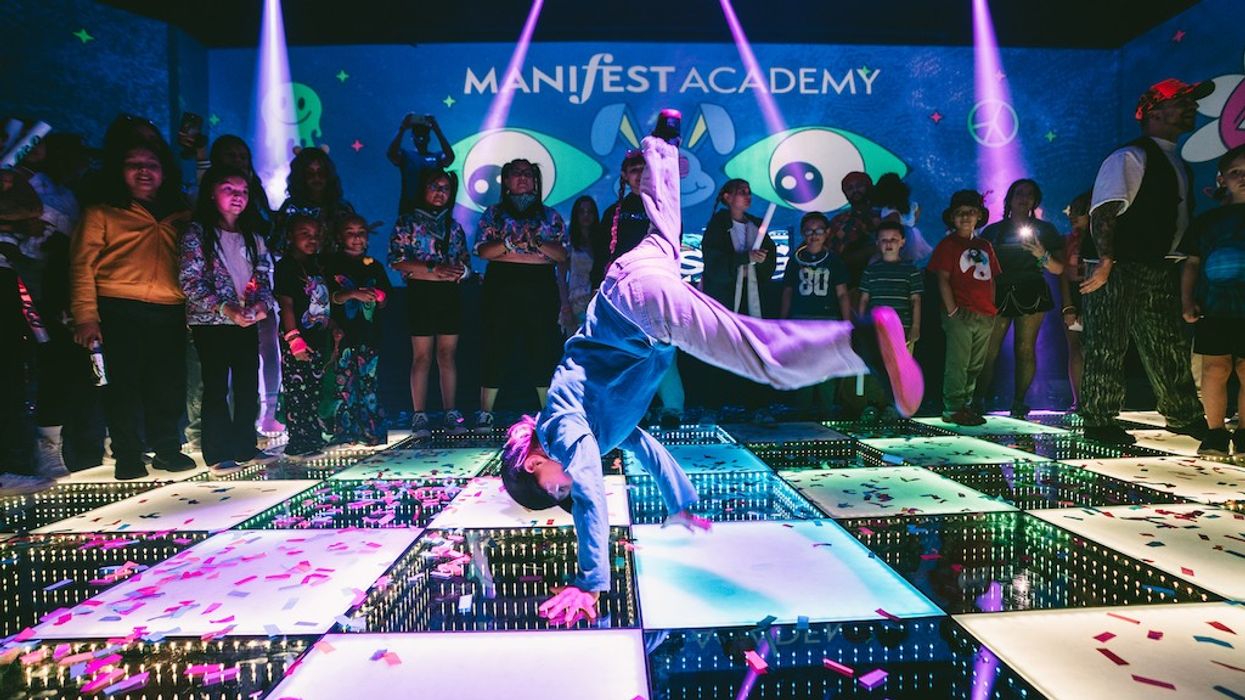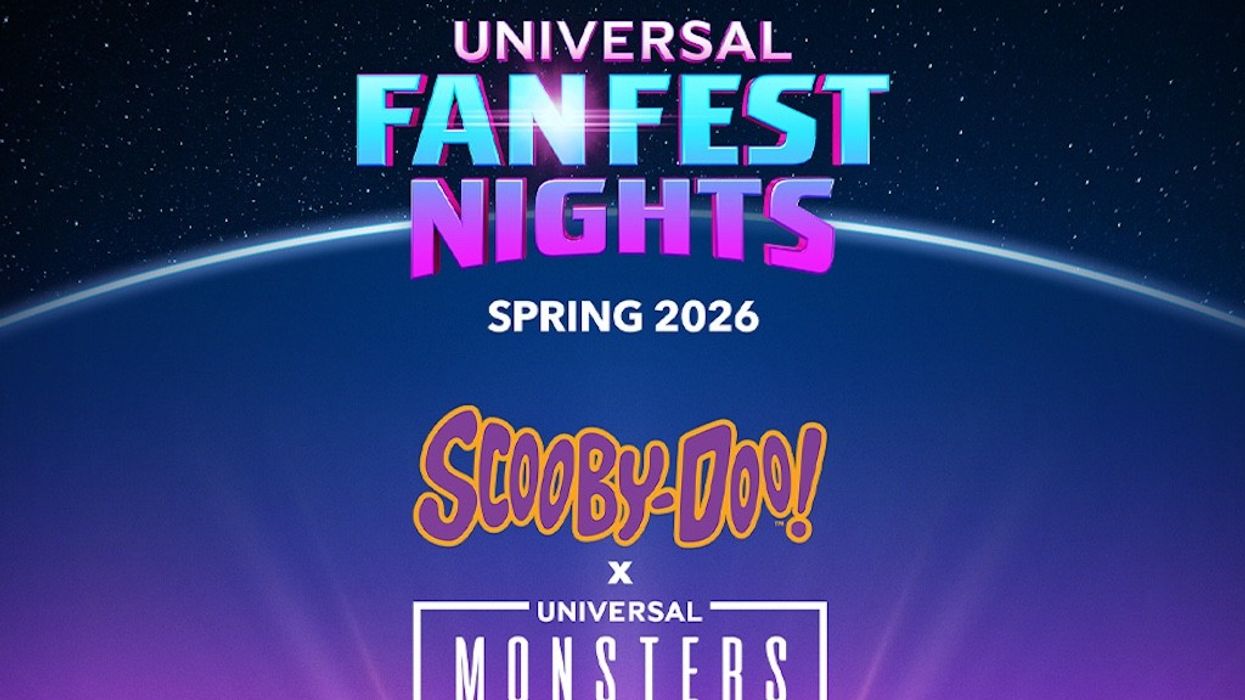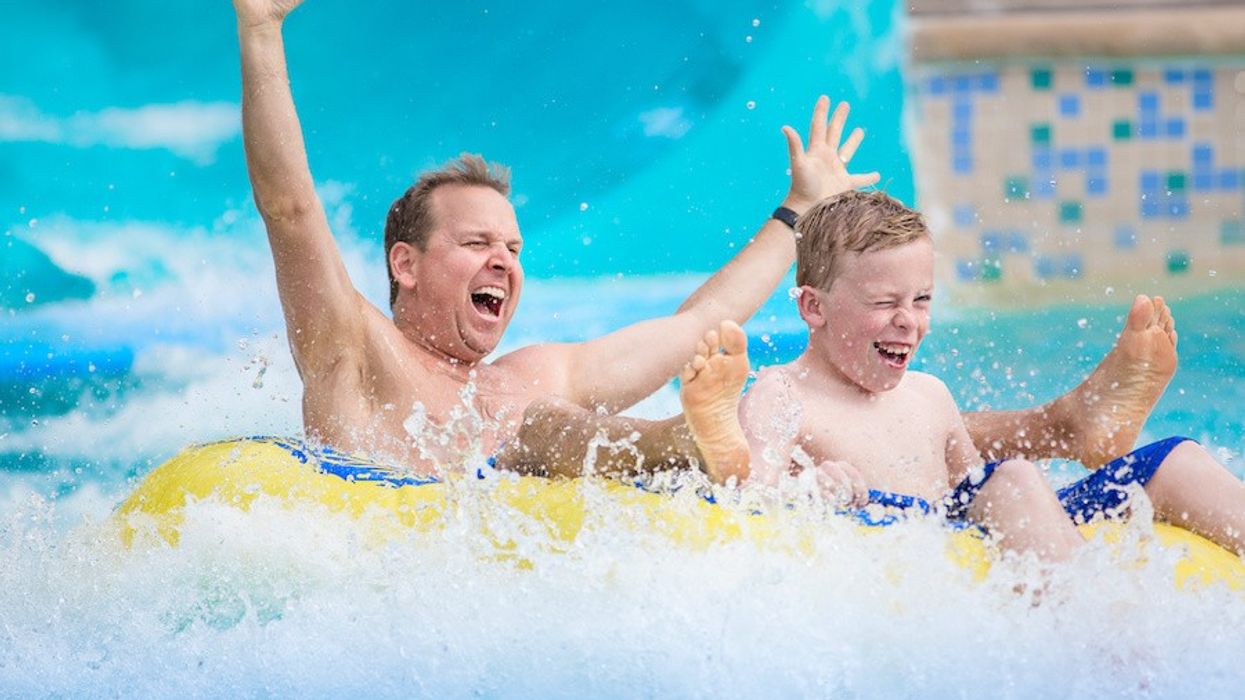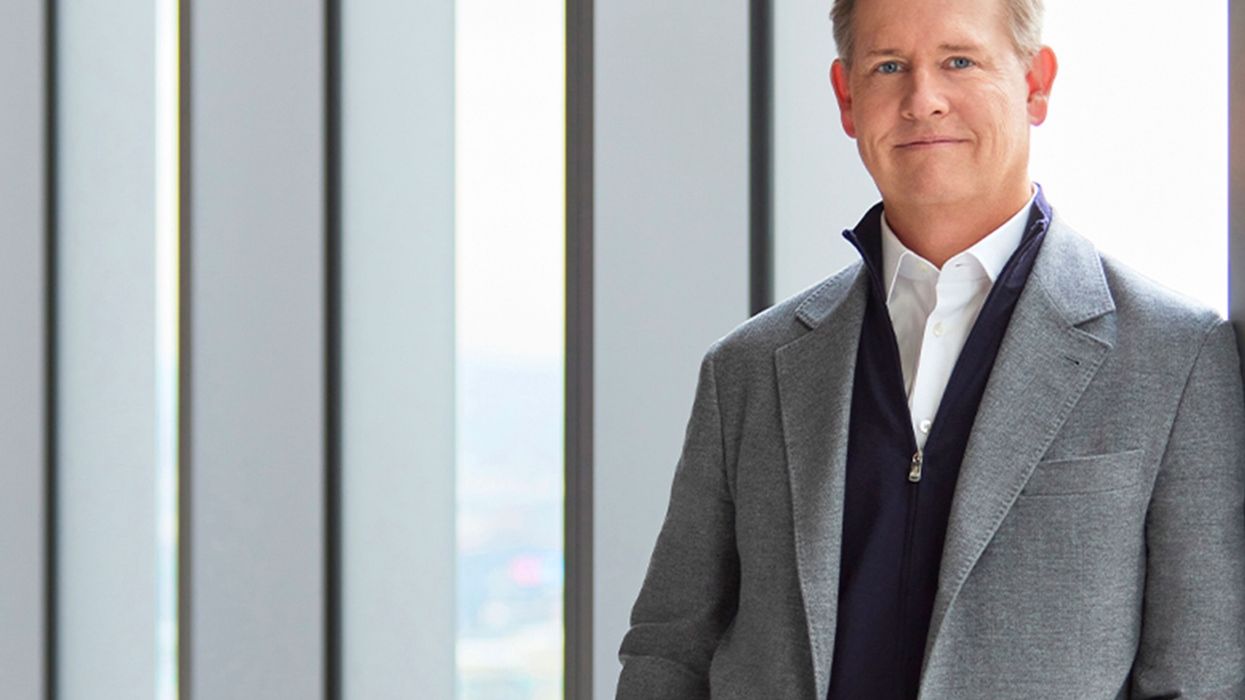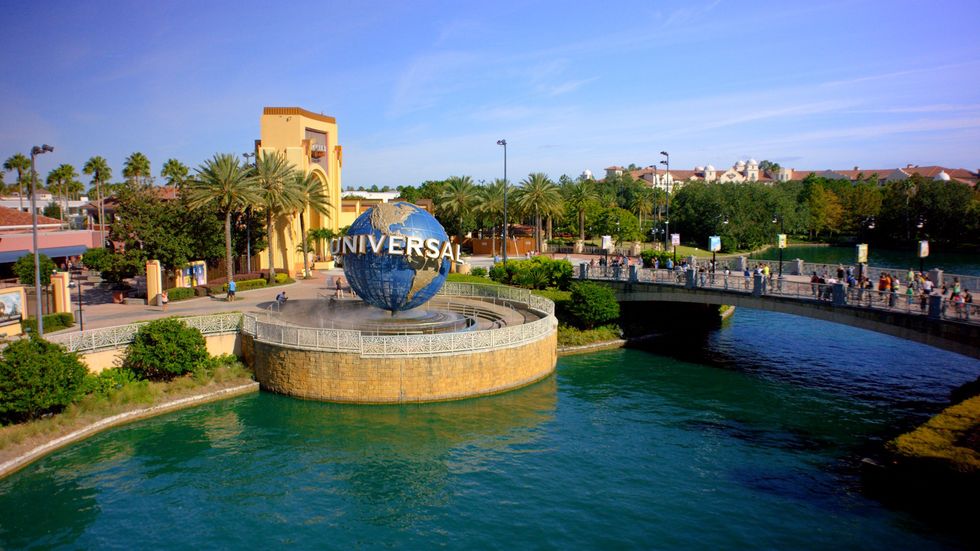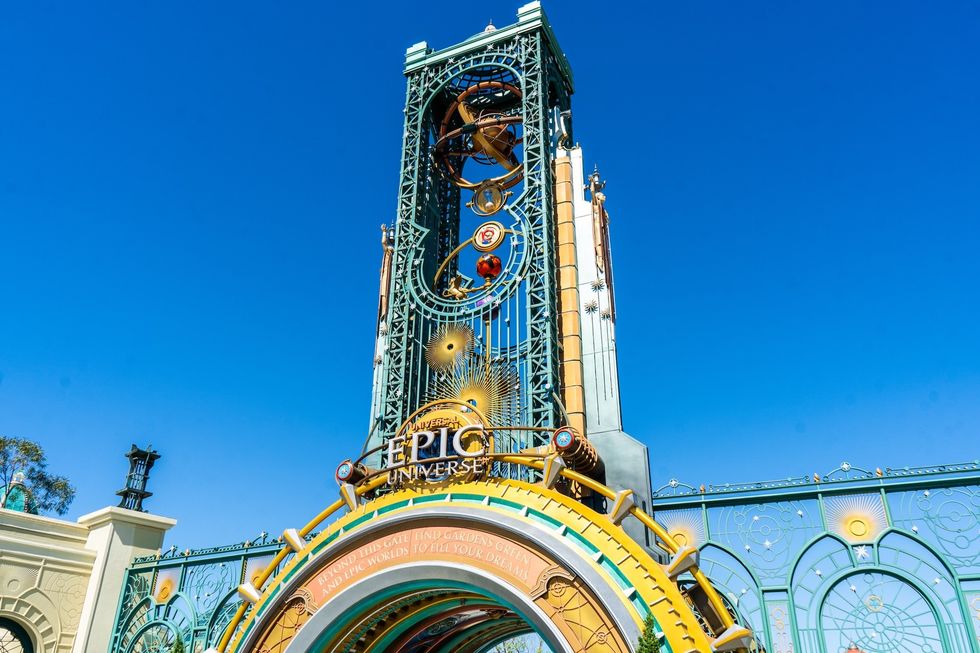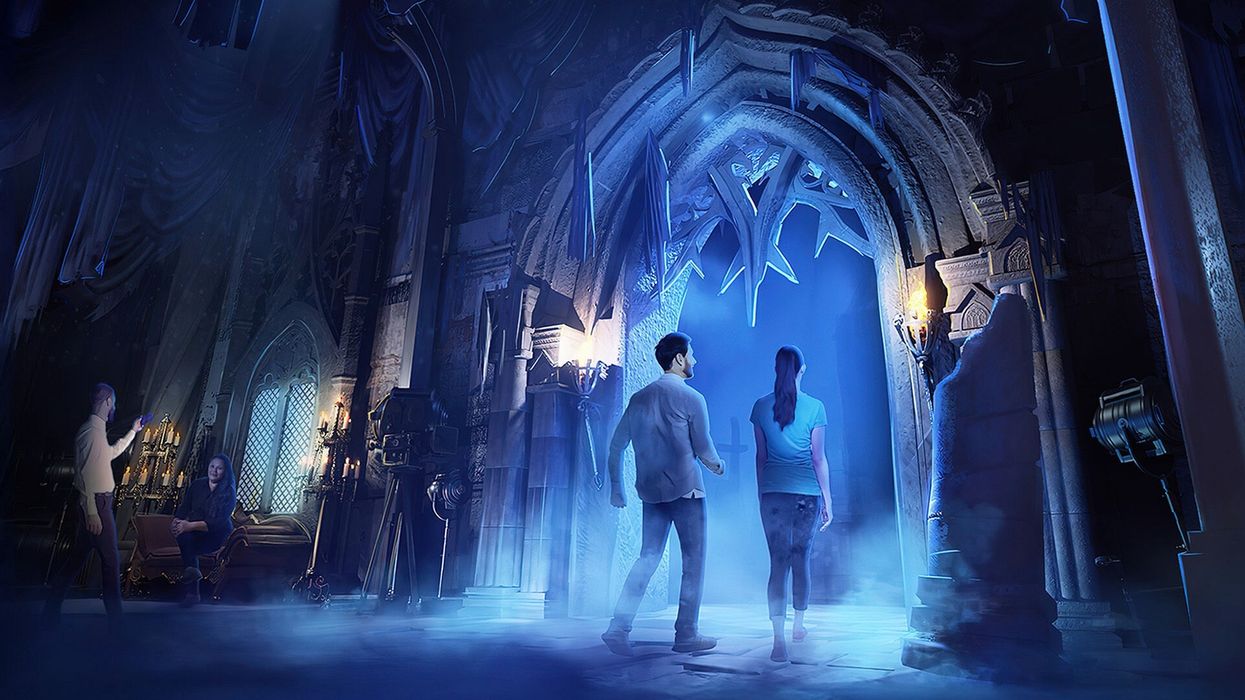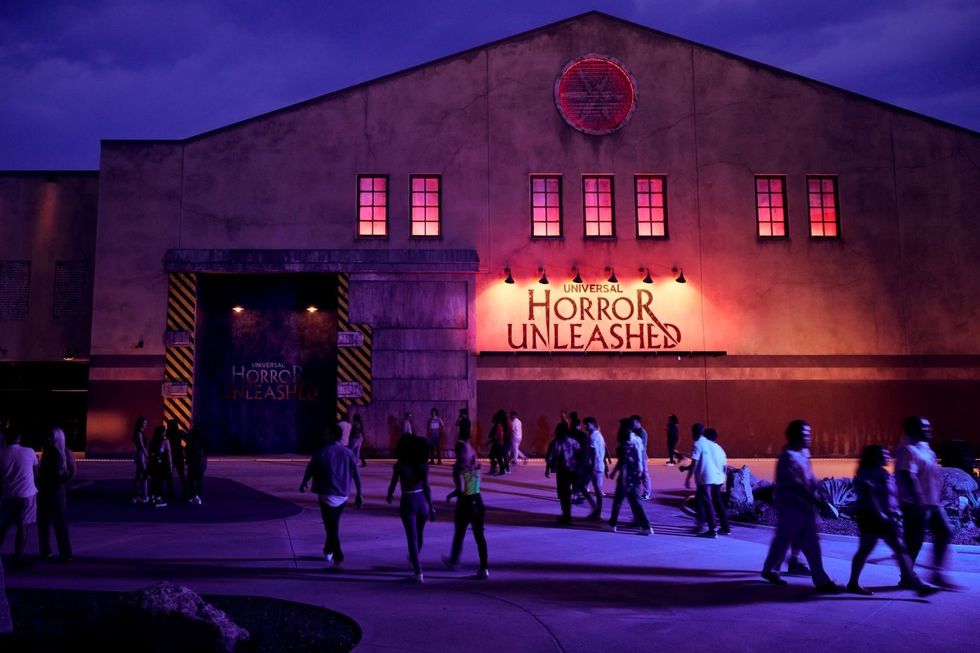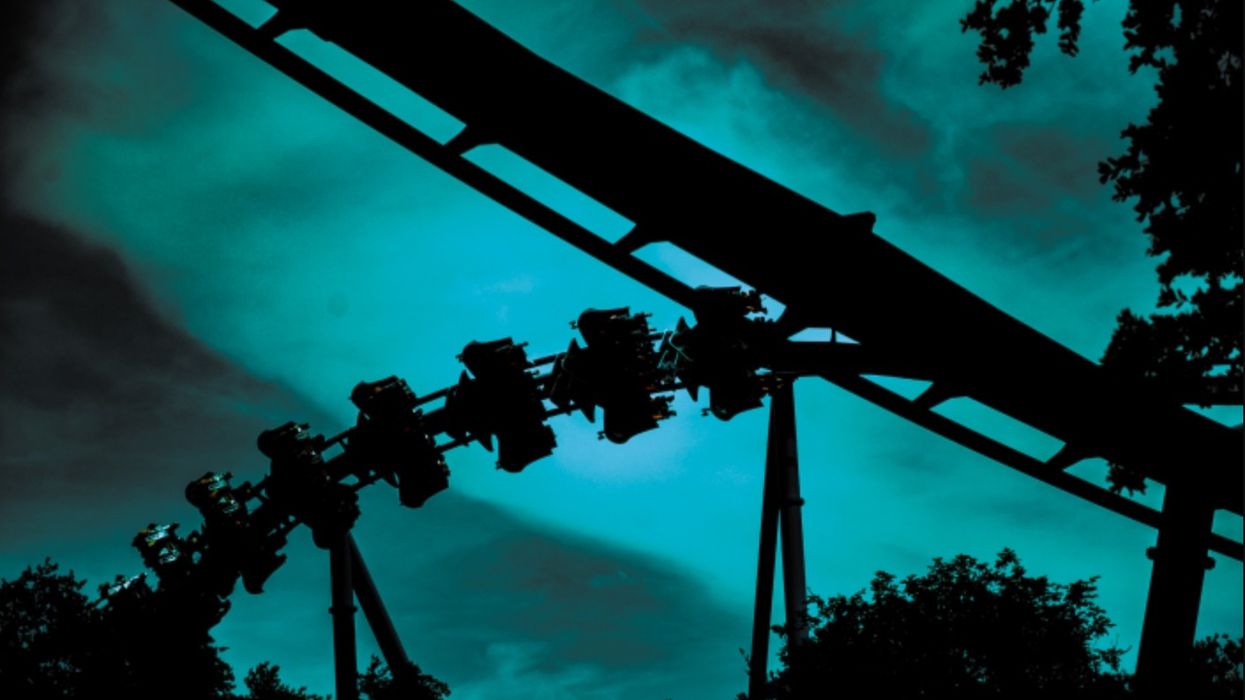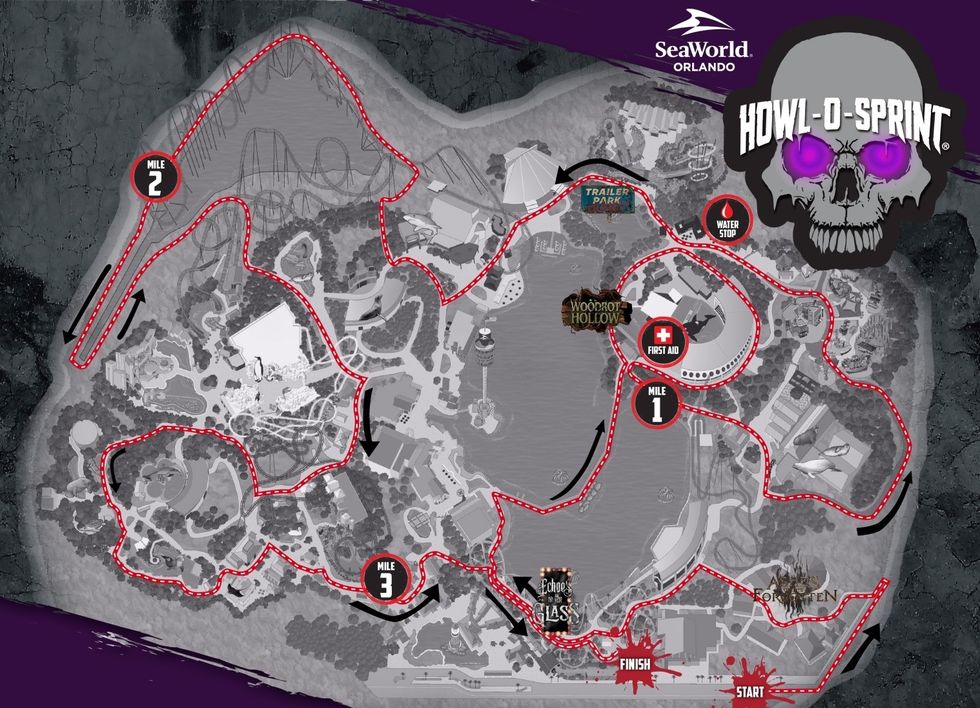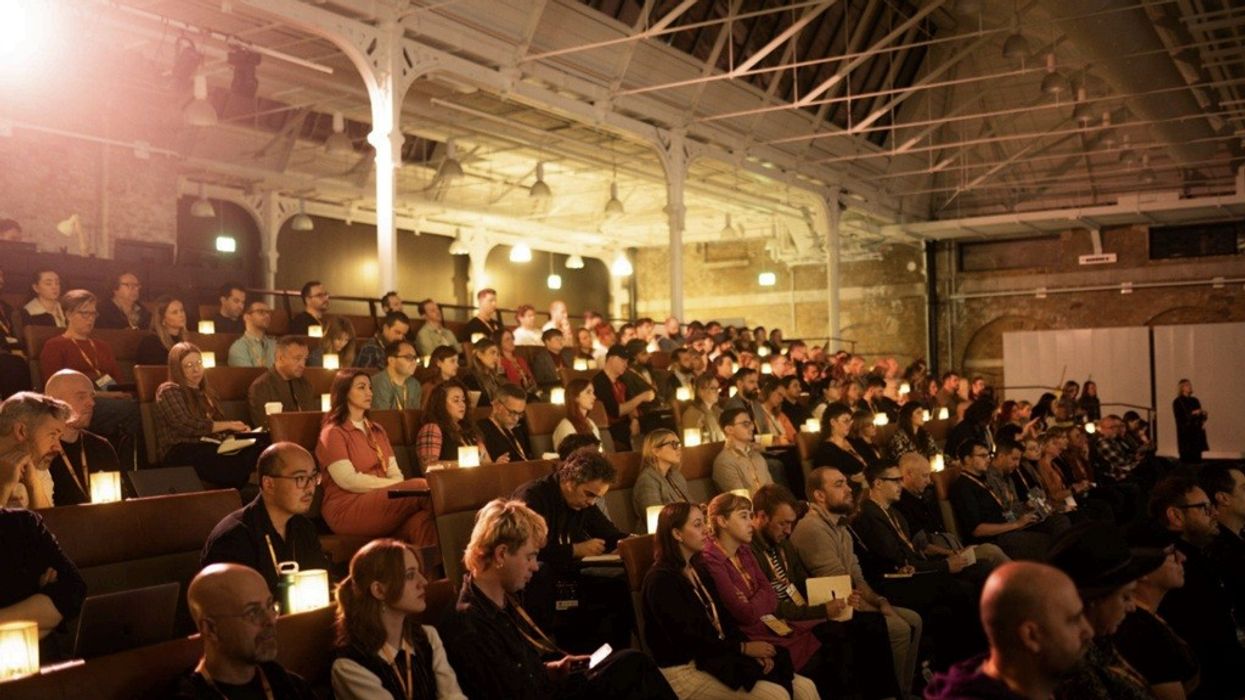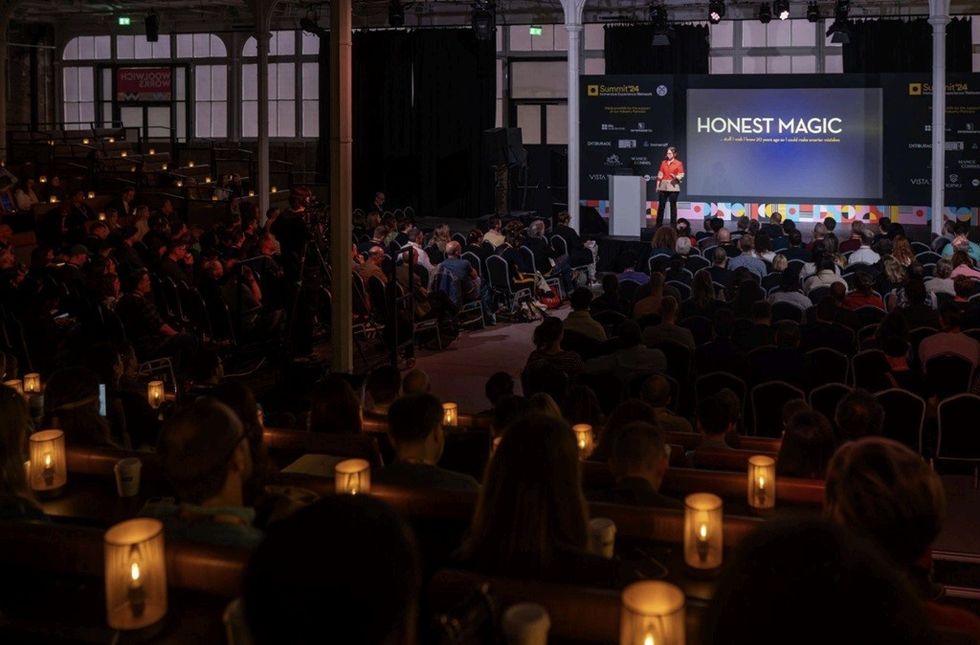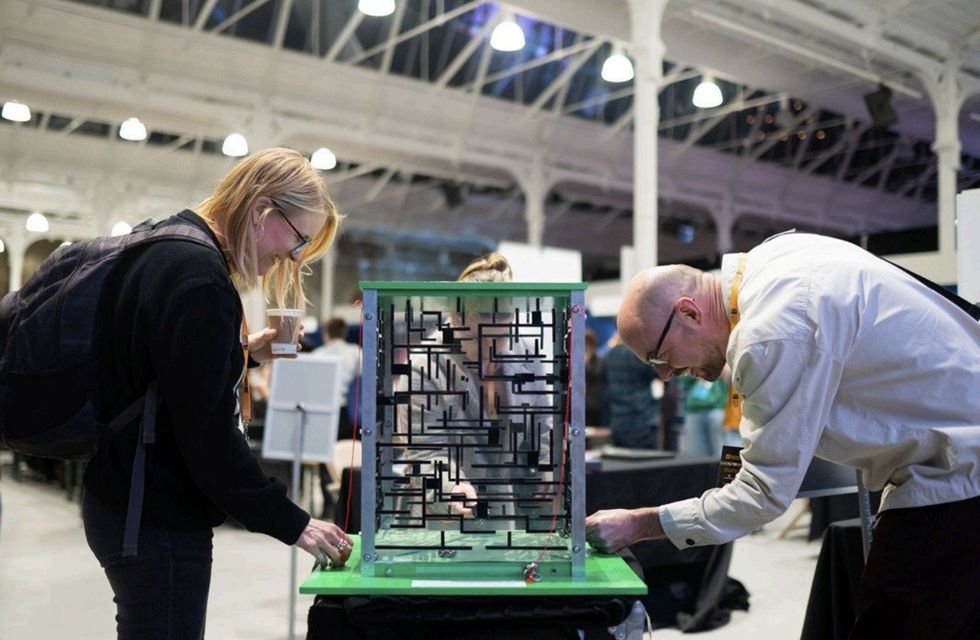Mall of America and the University of Minnesota have conducted a study on the psychology of fear, as Halloween events and experiences continue to boost sales and terrify guests.
Nearly 300 people took part in the study at Mall of America's haunted house, called Onionhead's Revenge, this Halloween.
Cameras placed throughout the experience captured participants' facial expressions to reveal their emotional journey. A survey conducted before and after the experience measured changes in social bonding and emotional satisfaction.
73 percent of participants reported feeling more satisfied with their partners after taking on the haunted house together. Many also reported a greater sense of connection to strangers after the shared experience.
Increased social bonding at haunted houses
Additionally, 77 percent of attendees felt moderate to high levels of relief after completing the haunted house.
Per a press release, the National Retail Federation projects total Halloween spending will grow to $11.6 billion this year, with haunted houses being one of the biggest seasonal offerings.
"Every year, thousands of people come to Mall of America to get their fright on," said Jill Renslow, chief business development and marketing officer at Mall of America.
"Partnering with the University of Minnesota gave us a unique opportunity to dive into the science behind why people love haunted houses.
"The university has been an incredible partner in helping us learn the psychology behind this popular phenomenon and the results were fascinating."
William Hedgcock, associate professor at the University of Minnesota, added: "This study sheds light on how shared fearful experiences, like haunted houses, can bring people closer.
"We tend to think of fear as self-focused, but it could play an important role in bonding us to others – especially when we experience it together."
Last year, Swedish amusement park Liseberg conducted a similar study with scientists from the Recreational Fear Lab, a research institute at Aarhus University in Denmark.
The park's fear experiment found that scary experiences, or "recreational fear", can be good for guests.
Images courtesy of American Monsters
